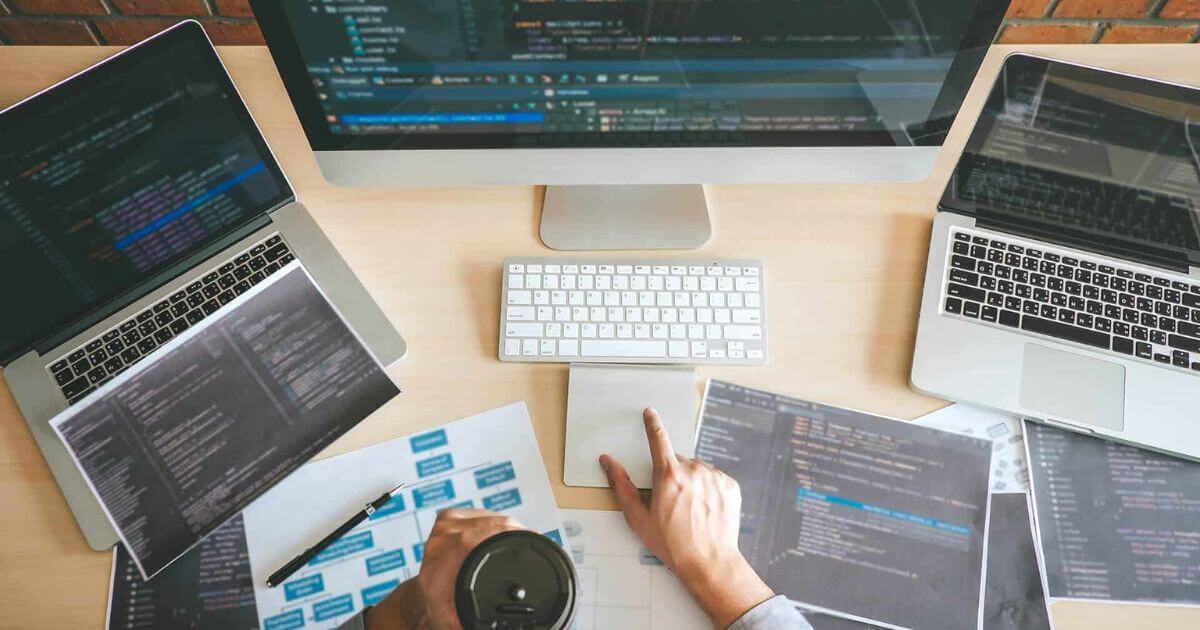
What is a Billing Address? A Simple Guide Everyone Can Understand
When you shop online or sign up for a subscription service, chances are you’ve been asked to type in your billing address. Sometimes people rush through the checkout page and wonder, “Wait, what exactly is this for? Isn’t my shipping address enough?” That’s where things get a little confusing.
So, let’s break it down in the simplest, most no-nonsense way possible. A billing address is basically the official address that’s tied to your payment method—usually your credit card, debit card, or sometimes even a bank account. It’s the address your bank or card issuer has on file for you. Think of it as the home base for your financial transactions.
Why Does a Billing Address Matter?
It might seem like just another box to fill in when you’re checking out online, but the billing address plays a crucial role in:
-
Verification – Banks and payment processors use your billing address to confirm that you are the legitimate cardholder. This is part of what’s called the Address Verification System (AVS). If the billing address you type in doesn’t match the one linked to your card, your transaction could get declined.
-
Fraud Prevention – Online fraud is real, and card companies take it seriously. By cross-checking addresses, they add an extra layer of security. It’s one way of making sure that someone who stole your card number can’t just buy things without knowing your details.
-
Billing Purposes – As the name suggests, it’s where statements, invoices, or receipts may be sent. Even if most of us go paperless now, your billing address is still the default address for financial correspondence.
Billing Address vs. Shipping Address
Here’s where many people get tripped up. Billing address and shipping address are not always the same thing.
-
Billing Address = The address tied to your payment method.
-
Shipping Address = The address where you want your order delivered.
For example, let’s say you live in New York, but you want to send a birthday gift to your cousin in California. At checkout, you would use:
-
Your New York address as the billing address.
-
Your cousin’s California address as the shipping address.
Mixing these up can cause headaches. If you accidentally put your cousin’s California address as the billing address, the payment might not go through.
How Do You Find Your Billing Address?
If you’re not sure what billing address your bank or card issuer has on file, here are a few quick ways to check:
-
Look at Your Statements – Both paper and electronic statements usually display your billing address.
-
Log Into Online Banking – Most financial apps will let you check or update your personal details.
-
Call Customer Support – If in doubt, contact your bank’s customer service team and they’ll confirm it for you.
Can You Have More Than One Billing Address?
This is a fun little twist. Technically, you can have more than one billing address, depending on your financial setup. For instance:
-
You might have one credit card registered at your apartment address and another linked to your parents’ home.
-
Some people use business addresses as their billing address for corporate cards.
However, each card or account has only one billing address at a time. If you move houses, you’ll need to update your billing address with your bank. Otherwise, you risk payment issues.
What Happens If You Enter the Wrong Billing Address?
We’ve all done it—typed too fast, made a typo, or forgot we recently moved. Here’s what usually happens:
-
Transaction Declined – The most common result. If the billing address doesn’t match, the bank blocks the payment.
-
Suspicious Activity Flagged – Too many failed attempts can sometimes trigger fraud alerts. This could temporarily freeze your card.
-
Shipping Delays – Even if the payment goes through, mismatched info might delay your order until the seller confirms your details.
Moral of the story? Always double-check before hitting “Confirm.”
Updating Your Billing Address
Moved to a new city? Changed apartments? Here’s how you update your billing address:
-
Log Into Your Bank or Card Account – Most banks let you update your address in the profile section.
-
Call Customer Service – Some financial institutions still require a phone confirmation.
-
Visit Your Branch – Old school, but sometimes necessary if you need to show proof of your new residence.
Remember, updating your billing address with your bank doesn’t automatically update it with every online store you shop at. You’ll also need to update your saved payment info with services like Amazon, Netflix, or your favorite food delivery app.
International Purchases and Billing Addresses
If you’ve ever shopped on a website based in another country, you may have noticed the payment system gets a little pickier. That’s because billing address checks can be stricter internationally. Some stores don’t accept cards if the billing address isn’t in the same country as the store’s location.
This is where alternatives like PayPal, Apple Pay, or Google Pay can come in handy. They mask your billing address and make checkout smoother.
Why You Should Care About Your Billing Address
To sum it up, the billing address might not seem glamorous, but it’s important for:
-
Keeping your payments secure.
-
Ensuring your transactions go through smoothly.
-
Protecting you from fraud.
-
Making sure important account info actually reaches you.
In short, it’s one of those boring but essential details that keep the wheels of online shopping and banking turning without hiccups.
Final Thoughts
So, what is a billing address? It’s your financial identity’s anchor point—the address that proves you are really you when money is involved. The next time you’re checking out online and see that field pop up, don’t brush it off as just another formality. It’s a safeguard, a verification tool, and a practical necessity all rolled into one.
Getting it right means fewer declined transactions, fewer headaches, and smoother shopping sprees. And hey, who doesn’t want that?









